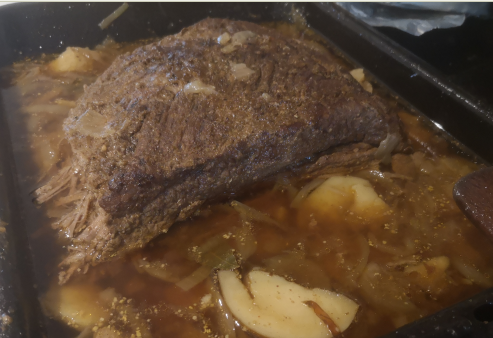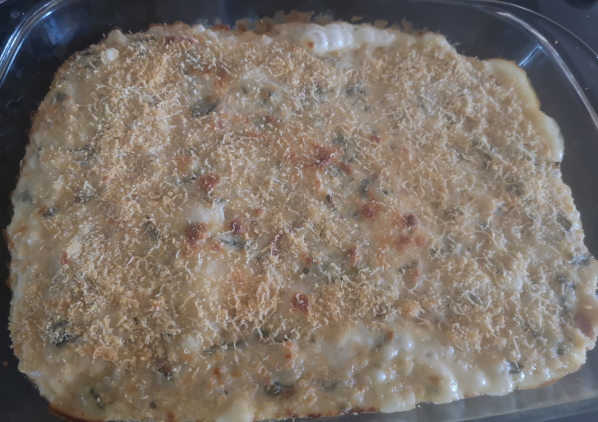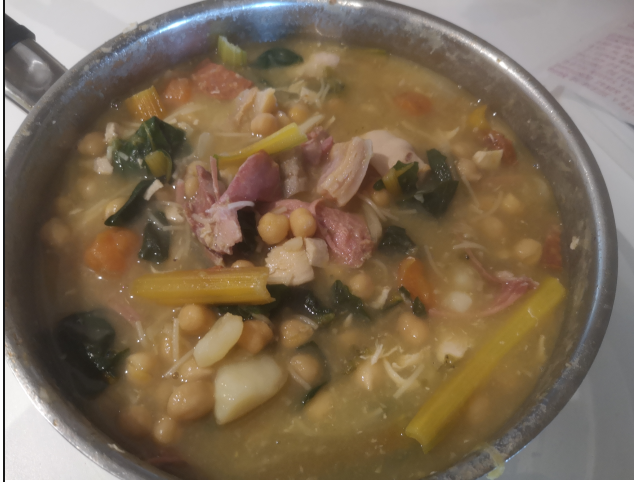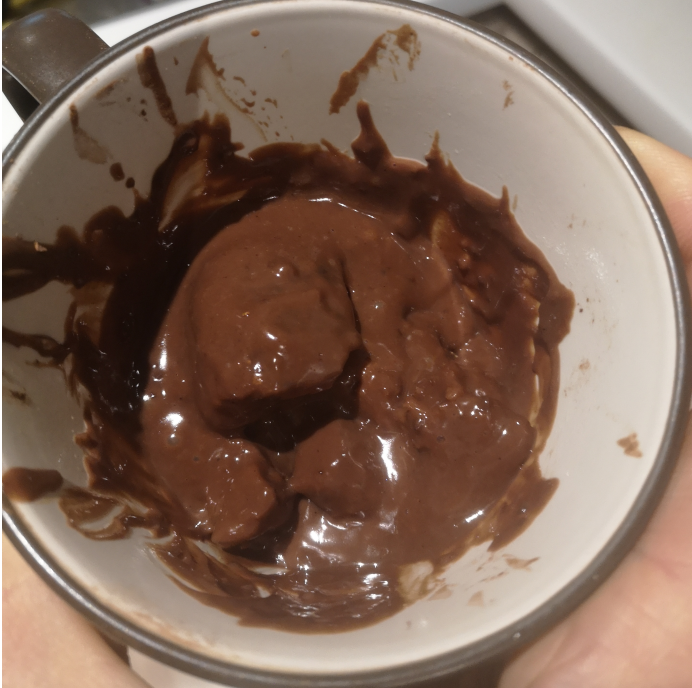It is funny but after reading that eating beef doesnt help the planet, last week I decided to cook brisket and bought a 5kg piece…. I am a bit a hypocrite right now. In general I dont eat much meat but it is done.
So this desire came from one visit to a BBQ restaurant some time ago. And I wanted to try at home with my oven. So I found this recipe that looked good to follow.
Ingredients:
- 2.5kg brisket
- salt, pepper, paprika, brown sugar, garlic, spices for the rub
- 2 onions and 2 potatoes
- 1 can of beer (or 200ml wine)
- 1 litre of beef stock
- foil
Process:
- Combine all spices. Be sure the brisket is not too wet, so you can spread the spices properly in the whole piece.
- Let the meat rest (marinate). Put it in foil in the fridge.
- In a big hot pan with a bit of oil, seal the brisket. Then fry the onions at medium heat.
- Add the beer to the onios until soft.
- Move the onions to a oven try, add the brisket and sliced potatoes.
- Add the beef stock.
- Cover in foil the tray and put in a pre-heat oven at 175C for 4.5-5h.
- After long wait, take the tray from the oven and remove the foil.
- Let the meat to rest for a bit
This was my result:

It wasnt like in the restaurant but actually it was like some beef stew I used to have as a kid. Good lunch for a long week…


